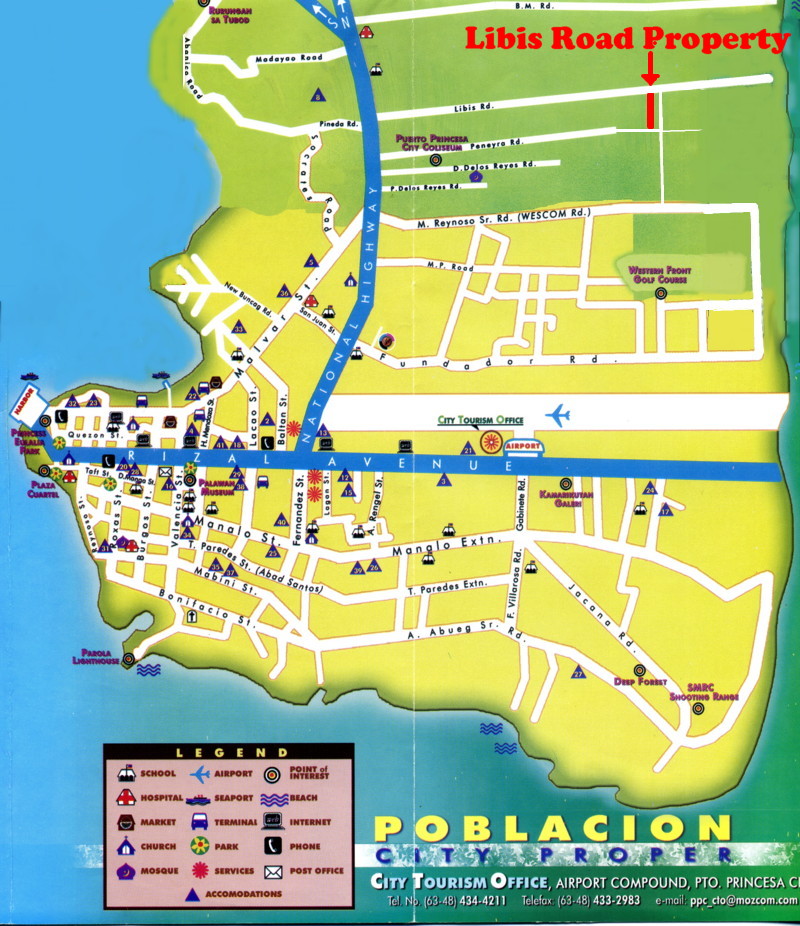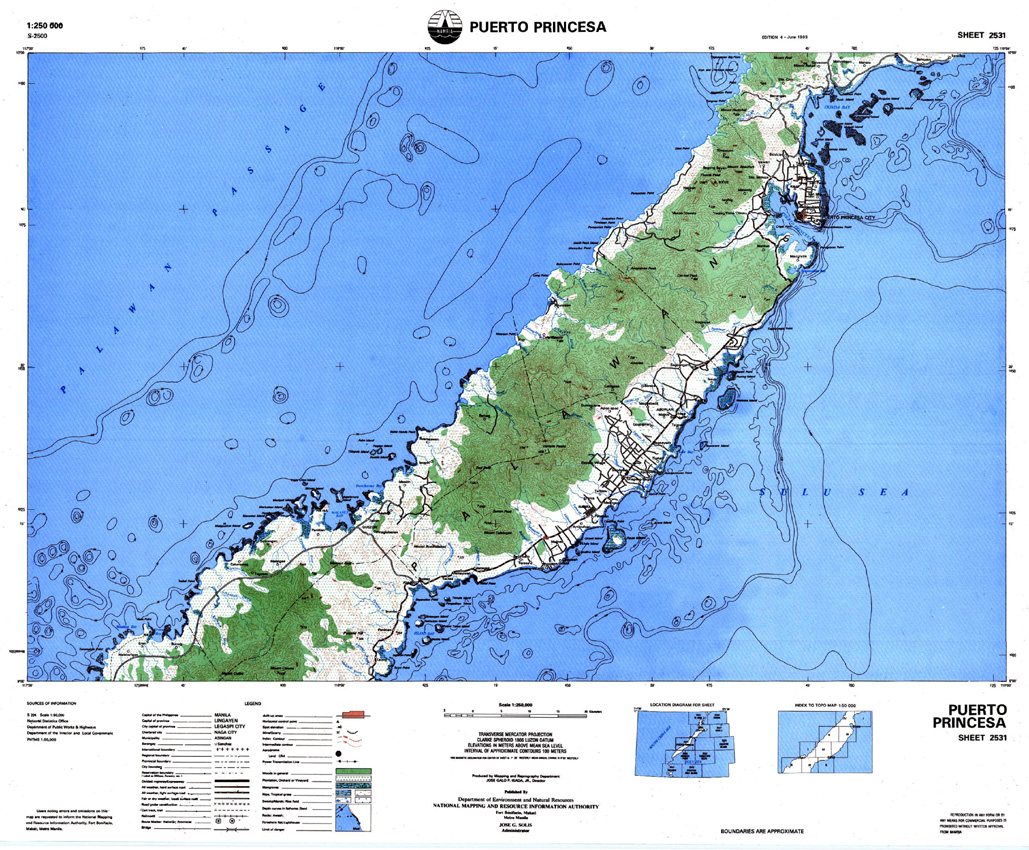
-
МјРЇСІИёСЖШИМі
-
 И№ОЫ КИОЫ Йъ ЗЛЦЎЧЯБт~ ИЎСЖЦЎ ПЙОрБюСі
И№ОЫ КИОЫ Йъ ЗЛЦЎЧЯБт~ ИЎСЖЦЎ ПЙОрБюСі 89,442
89,442 -
 [ЧЪИЎЧЩ ММКЮ] ФЋИ№ХзНК ПЉЧр 100Йш СёБтБт
[ЧЪИЎЧЩ ММКЮ] ФЋИ№ХзНК ПЉЧр 100Йш СёБтБт 48,852
48,852 -
 ИЖДвЖѓ НУГЛ - ИЎРп АјПјСЄКИ. (ЛчСј 16Рх ЦїЧд)
ИЖДвЖѓ НУГЛ - ИЎРп АјПјСЄКИ. (ЛчСј 16Рх ЦїЧд) 30,780
30,780 -
 ММКЮРЧ СіПЊСЄКИ15,525
ММКЮРЧ СіПЊСЄКИ15,525 -
 ИЖДвЖѓ БйБГ - ЕћАЁРЬЕћРЬ ПЉЧр СЄКИ14,330
ИЖДвЖѓ БйБГ - ЕћАЁРЬЕћРЬ ПЉЧр СЄКИ14,330 -
 [ЧЪИЎЧЩ ММКЮ/ИЗХК] ШЃХк МїЙк ПфБн Йз СЄКИ13,312
[ЧЪИЎЧЩ ММКЮ/ИЗХК] ШЃХк МїЙк ПфБн Йз СЄКИ13,312 -
 КИЖѓФЋРЬРЧ И№Еч И№НРРЛ КММі РжДТ ЛчСјУИ.13,121
КИЖѓФЋРЬРЧ И№Еч И№НРРЛ КММі РжДТ ЛчСјУИ.13,121 -
 ИЖДвЖѓ БйБГ - ЦХЛѓЧб ЦјЦї ПЉЧрСЄКИ12,823
ИЖДвЖѓ БйБГ - ЦХЛѓЧб ЦјЦї ПЉЧрСЄКИ12,823 -
 [ММКЮ-ЙшМБТјРх] МБЙкШИЛч РќШЙјШЃПЁПф~12,434
[ММКЮ-ЙшМБТјРх] МБЙкШИЛч РќШЙјШЃПЁПф~12,434 -
 ИЖДвЖѓ СіПЊ(ПЁИЃЙЬХИ -ИЛЖѓХз)РЧ СіЕЕ/ЧбБЙ РННФСЁ/МюЧЮИє12,104
ИЖДвЖѓ СіПЊ(ПЁИЃЙЬХИ -ИЛЖѓХз)РЧ СіЕЕ/ЧбБЙ РННФСЁ/МюЧЮИє12,104
Puerto Princesa (Filipino: Lungsod ng Puerto Princesa) is a city located in the western provincial island of Palawan, Philippines. Though the provincial seat of government for Palawan, the city itself is one of 38 independent cities within the Philippines not controlled by the province in which it is geographically located and is therefore an independent area located within Palawan.
As of 2010, Puerto Princesa had a population of 222,673 people, making it the least densely populated city in the Philippines. In terms of land area, the city is the second largest geographically after Davao City with an area of 2,381.02 square kilometres (919.32 sq mi). Puerto Princesa is the location of the Philippines's Western Command headquarters.
GEOGRAPHY
Puerto Princesa is located in the midsection of Palawan Island. It is bound to the east by the Sulu Sea, to the west by the South China Sea, to the north by the municipalities of San Vicente and Roxas, and to the south by the municipality of Aborlan. It is approximately 306 nautical miles (567 km) from the Philippine capital of Manila, 205 nautical miles (380 km) from Panay Island, and 250 nautical miles (460 km) from Zamboanga City on the southern Philippine island of Mindanao.
ECONOMY
Puerto Princesa is known as the Eco-Tourism Center of the Philippines. In recent years, the city has seen a remarkable increase in the number of tourists bringing with them trade and businesses for the city. Many hotels ranging from basic to five-star luxury accommodations have been developed since the 1990s to cater to a growing number of foreign and local tourists in the city. There are also a large selection of restaurants, bars, and shops including the recently completed Robinsons Place Palawan shopping mall.
Most tourists come to Puerto Princesa to visit the Puerto Princesa Subterranean River National Park located 50 km north of the city. It was named one of the New7Wonders of Nature. The city is also the jump-off point for exploring the Tubbataha Reef.
CULTURE
Waves of migrants from other Philippine provinces, and even other countries, have turned Puerto Princesa into a melting pot of various cultures. Among the original inhabitants are the Cuyonons who have a rich legacy of folklore and traditions. Indigenous groups include the Tagbanwas, Palawanos, Molbogs and Bataks, each group with its distinct culture and system of beliefs.
Total inhabitants number about 161,912 (as of May 2000), Three fourth of the population resides in the city proper, an urban settlement on the shores of Puerto Princesa Bay. While Cuyonon is widely spoken, the predominant language is Tagalog; Visayan, as well as English are widely spoken. There existence of native spanish speakers is unknown.
TOURIST ATTRACTIONS:
SABANG BEACH
Located just outside the Undergound River Park, Sabang Beach is a quiet white sand beach lined by several resorts facing the vast South China Sea.
Dive sites are located from 5 to 40 minutes away from the beach by speedboat inside Puerto Princesa Bay. The closest dive sites are White Beach and Red Cliff, both located inside Puerto Princesa Bay. These are preferred sites for open water training dives as they offer slopes and walls that begin 20 (7m) feet from the surface. Colorful reef fish are common and various colonies can be observed in one dive. Turtles and rays are usually sighted.
A must-see for first time visitors and tourists in Palawan. The longest navigable underground river and reputedly the most beautiful subterranean river in the world. Its main attraction is an 8.2 kilometer Underground River that winds through a spectacular cave.
- ЁЄ
- ЁЄ
- ЁЄ
- ЁЄryWvMVxeet
- ЁЄryWvMVxeet
- ЁЄryWvMVxeet\'\"\\(
- ЁЄryWvMVxeetщ\'\"\\(
- ЁЄryWvMVxeet
- ЁЄryWvMVxeet
- ЁЄryWvMVxeet
- ЁЄryWvMVxeet
- ЁЄryWvMVxeet
- ЁЄryWvMVxeet
- ЁЄryWvMVxeet
- ЁЄryWvMVxeet















 ЧЪРкДхФФ ОпАЃЛѓДу ПРЧТ
ЧЪРкДхФФ ОпАЃЛѓДу ПРЧТ 12ГтПЌМг МвКёРкИИСЗ 1РЇ
12ГтПЌМг МвКёРкИИСЗ 1РЇ
 ГЛАд ИТДТ ОюЧаПј УЃБт
ГЛАд ИТДТ ОюЧаПј УЃБт
 ИЎОѓ ЧаБГ ЙцЙЎБт
ИЎОѓ ЧаБГ ЙцЙЎБт
 СжИЛПЁ ГЛАЁ ОЕ КёПыРК?
СжИЛПЁ ГЛАЁ ОЕ КёПыРК? УжАэАЁМККё РЬКЅЦЎ СёБтБт
УжАэАЁМККё РЬКЅЦЎ СёБтБт
 ЧіСіПЁМЕЕ ЧЪРкДхФФ!
ЧіСіПЁМЕЕ ЧЪРкДхФФ! ЧіСіПЁМ АЁДЩЧб
ЧіСіПЁМ АЁДЩЧб









 ЧЪРк ЦЏБо Ч§ХУ! ФСНУОюСі МКёНК
ЧЪРк ЦЏБо Ч§ХУ! ФСНУОюСі МКёНК







































